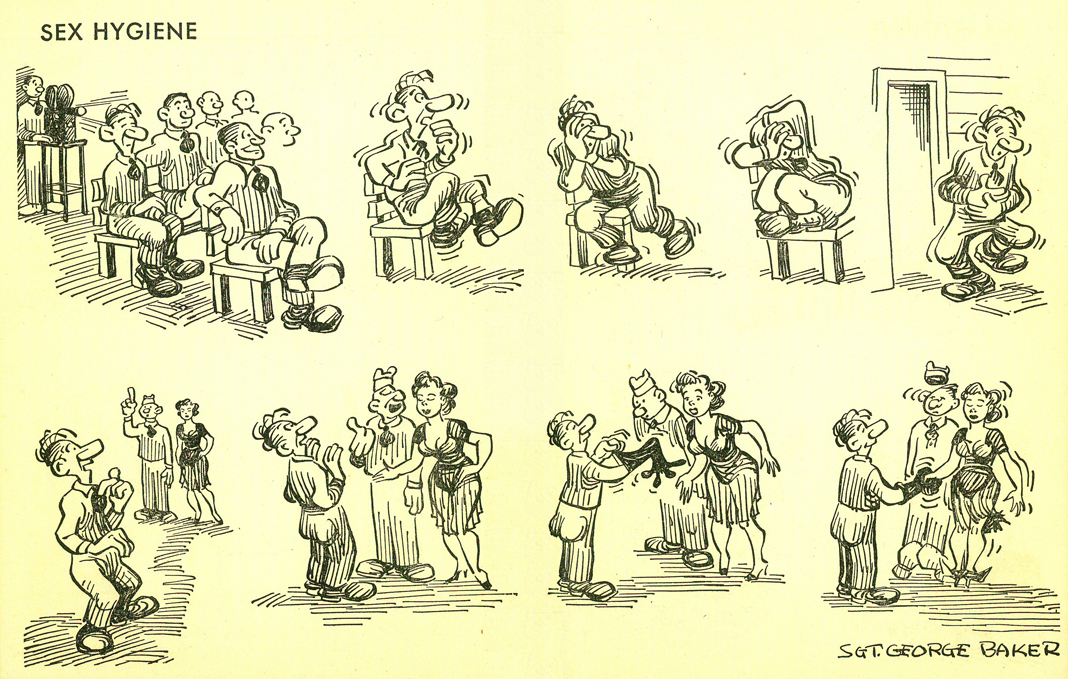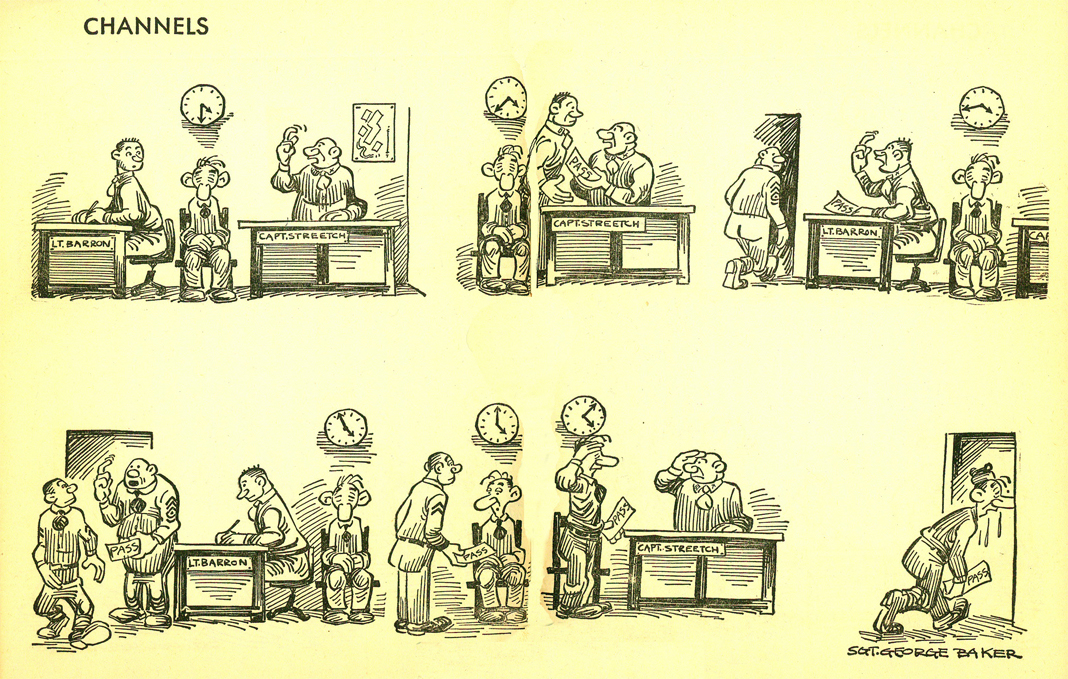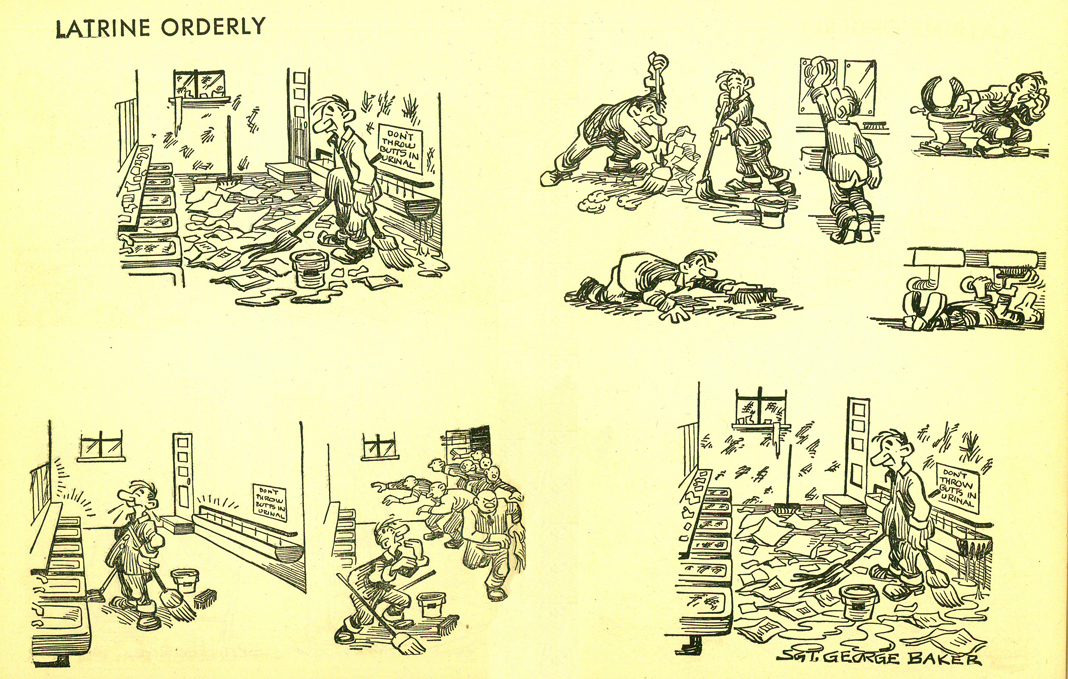2010 was something of an inflection point in the education reform movement (Here's a Kindle single of posts from that year -- Things I saw at the Counter-Reformation). For the first decade of this century, The reform movement had remarkably broad bipartisan support. No major pundit or editorial board seriously opposed it. To the extent there was a debate, it was generally between those moderate in their support and those extreme in their support, and to the extent that the debate had a partisan tilt, it was often relative conservatives like Robert Samuelson, David Brooks and Jim Manzi taking the moderate positions and relative liberals like Jonathan Chait and Matt Yglesias taking the extreme ones.
Flash forward a few years. Zephyr Teachout is held up as the reform alternative to the second generation establishment candidate Andrew Cuomo, Simon Johnson called her "An Elizabeth Warren for New York." Charles Pierce made similar points. New York Magazine (home of Chait) took the same narrative tack.
There's a bit of irony in New York's touting Teachout as the liberal in the race since few pundits have been as aggressive as Chait in pushing the idea that the reform movement is one of today's preeminent liberal causes while few figures demonstrate better than Teachout the growing rift between the left and the reform movement.
This is how Teachout summarized her education platform:
One of the prime duties of the governor of New York is to safeguard our public schools from any private interest that threatens their public purpose. Yet Governor Cuomo, in his four years in office, has rarely even visited a public school. As Governor, I would dedicate myself every day to restoring New York’s public schools to their rightful place as the best in the nation. Specifically, I would pursue the following five strategies:You can see why Diane Ravitch was an enthusiastic supporter.
a. Full and Equal Funding for Public Education
New York spends $8,700 less per pupil in poor districts than we do in rich ones. That makes New York the sixth most unequal state in all America when it comes to school funding. This also means that New York is in violation of its own Constitution, which requires the government to provide a “sound, basic education” to every student, no matter his zip-code. I believe this constitutional obligation should be our floor, not our ceiling. New Yorkers have a right to demand the best public schools in the nation, with small class sizes, arts, and physical education for every child.
I would work to make funding more fair and equitable. Despite a promise to the contrary, Governor Cuomo has actually widened the funding gap between poor and wealthy districts.
b. End High-Stakes Testing
Under Governor Cuomo’s leadership, we’ve seen a culture of test-and-punish overthrow actual teaching and real learning. New York State entirely botched the implementation of Common Core, which has ushered in an unrelenting regimen of tests. Governor Cuomo’s system of basing teacher evaluations on student tests has corroded actual learning.
We should slam the brakes on the barrage of high-stakes testing. This means halting both the new Common Core tests and tests that are part of the teacher evaluation system. We need to undertake a thorough reevaluation of all high stakes tests, with full input from educators and parents.
c. Protect Against Privatization
Governor Cuomo has promoted a private takeover of public education policy, by opening state coffers up to charter schools, which serve only three percent of New York’s students. In New York City, meanwhile, he has mandated that city taxpayers pay rent for privately run charter schools to the tune of $11,000 per pupil, thus fueling their massive expansion at the expense of public schools.
We should protect our public schools from privatization schemes, including the diversion of state funds to private schools through vouchers or back-door tax credits. We should repeal provisions enacted in 2014 that hijack control of decision-making about charter school co-locations out of the hands of local governments and that mandate that New York City pay for charter school rent.
d. Empower Local Communities
I would eliminate the undemocratic provisions of the cap on local school budgets— falsely sold as a tax cap even though it caps nobody’s taxes. Specifically we should hand back to local voters the right to control their own school budgets, by eliminating the requirement of a 60 percent supermajority. We should return to the principle of one person, one vote in school budget elections.
e. Suspend the Suspension Pipeline
We must end the ‘school to prison pipeline’ where excessive use of school suspensions for minor infractions deprive students of education, leaving them behind. Suspensions actually increase behavior problems and decrease school safety. In many urban communities there is a school suspension crisis—with huge racial inequalities in suspension rates. Greater suspension rates lead to higher expulsion rates and to increases in school-based arrests. This cycle starts with high suspension rates for young students, even as young as pre-k and kindergarten. We need solutions, not suspensions. We need to transform the culture in school buildings to support teachers and students, foster collaboration, teach problem-solving, engender real responsibility and accountability and keep students in school. This approach, called “restorative justice,” has proven highly effective. Due to a local community organizing effort in Buffalo, the implementation of these reforms have already led to a 30 percent reduction in suspensions. Students cannot learn if they are not in school.
f. Halt Common Core
I am calling for an immediate halt on all four new teacher certification tests, and for them to be replaced by the three former ones. Only by stopping the exams, which were introduced this year and are aligned with Common Core, will 2014 and 2015 teacher candidate graduates have a fair opportunity to enter the teaching profession.
Common Core has been widely and justly recognized as a rushed and flawed initiative, as well as an undemocratic one. Criticism of the new educational standards has been fierce among both Democratic and Republican legislators. Governor Andrew Cuomo, too, has acknowledged that Common Core needs to be fixed before students and teachers can be judged by it. Speaking out in support of a two-year delay on the use of negative evaluations for current teachers, Governor Cuomo said, “We want a fair evaluation ... People's lives are being judged by this instrument, so you want the instrument in the evaluation to be correct."
Inexplicably, Governor Cuomo has not extended the same rights to teacher candidates. Even though their exams mirror those used to evaluate current teachers, teacher candidates were not offered the same delay. As a result, qualified candidates are being blocked from entering the teaching profession because of flawed and unfair tests. Under Governor Cuomo’s watch and with his full knowledge, the State Education Department is shamefully using teacher candidates as guinea pigs while the standards are still being corrected.
Thousands of teacher careers are being ruined. This must stop immediately. We must go beyond the two-year delay and indefinitely halt the standards proposed for evaluations of both current and candidate teachers.
g. Prioritizing Early Intervention
For more than two decades, the New York State Early Intervention Program has been a vital resource for infants and toddlers with disabilities, and their families. Available to children of up to three-years old, the program has traditionally been open to all eligible children, regardless of socioeconomic status and level of family resources.
Since Governor Andrew Cuomo entered office, the Early Intervention Program in NYS has faced significant budget cuts. In 2012-2013 its budget was reduced to $508 million, down from $650 million in 2010-2011. As a result, many families of young children with special needs have been left without the crucial services they need to protect their children's future. A record number of Early Intervention providers and provider agencies – including physical therapists, occupational therapists, speech-language pathologists, psychologists, social workers, vision therapists, and nutritionists – have closed their doors over the last 18 months, due to changes in policies that have both reduced what they can earn and created huge lags in payments for services already rendered.
Early Intervention was created to make sure we get involved when we have the greatest chance of making a difference. From birth to three years of age is when a child’s brain grows to 80 percent of its adult size and is hence most responsive to change. Research has found that early intervention can change brain architecture and improve outcomes for children.
What’s more, intervening early can save the state huge resources. Investing in Early Intervention programs has been found to reduce education costs, by minimizing the need for special education services later. Studies document how every dollar spent in Early Intervention saves the state up to $17 in education costs.
Of course statistics can’t quantify for the joy and relief that a well-managed Early Intervention Program can personally provide families. Reducing state expenditures on Early Intervention is neither smart social policy nor prudent fiscal policy. It will make life far more difficult for tens of thousands of struggling families. And in the guise of saving taxpayers money it will actually cost taxpayers far more. In slashing funding, Governor Cuomo has ignored experience and evidence.
Perhaps just as telling are the anecdotes Teachout used to support her positions:
My first real job out of college was as a third-grade Special Education classroom assistant in a small rural public school outside the town my grandparents had lived. It was like a lot of small Vermont schools where the kids came from two different worlds, even if they made the same amount of money–the children of college educated hippies and the children of working class families that had lived there for a long time.The education reform movement has never lent itself to the standard left/right axis. Not only was its support bipartisan; it was often the supporters on the left who were quickest to embrace privatization, deregulation and market-based solutions. Zephyr Teachout may be a sign that anomaly is ending.
One of the kids I was working with was from neither of those worlds; he had been in a string of foster homes, and was new to the area. He was a wonderful kid who was testing two years behind and had some emotional challenges. Controlling anger wasn’t easy for him. I worked with him on writing and math and science.
For the first two months he just refused to write. He told me he was stupid and didn’t have an imagination so he couldn’t write anything. During writing hour, he’d sit in his desk and stab at pieces of paper and draw angry lines all over them. “That’s all I can say,” he’d shout at me, or refuse to speak. It was hard, but he was helped by having a patient classroom teacher who didn’t ruffle easily. She was warm but firm, and I learned from her.
Then one day we figured out a solution. I started reading his angry scribbles out loud, as if he’d written a story. He was on to me though. He said, “I didn’t write that, you wrote that!” but I kept doing it and he laughed a little. Then I made a bunch of angry scribbles on my page and asked him to read what I’d written out loud. He thought it was funny to see a teacher like that and started reading a story about trolls. After a few weeks, we got into a pattern, where he’d “read” in my scribbles a long story about trolls, and getting shipwrecked with his brother. It was a really beautiful adventure story. Then he wrote down what he’d read into his own book, as if transcribing. He still insisted that I had written it, but he started to glow a little.
After that, he did better in math too—the confidence seemed to flow from the writing. According to him, he didn’t understand math but trolls who lived in his knuckles would tell him the answer. When he cracked his knuckles the trolls would wake up and run up to his ear to tell him the answers.
That student never ended up at the top of the class, and he’d still have tantrums, but he was really proud of one of the troll stories that we stapled into a book, and he started doing better on the loose tests the school used. The book—which I still have a copy of—is one of my proudest creative moments, too.
I think of him all the time when I think about high stakes testing, or the cuts to special education, or the cuts to the arts. He’d have failed, repeatedly, if he was following some lockstep program. He would have been an angry kindergartner instead of a frustrated 3rd grader. If his teacher thought that his failure would lead to her failure, that awareness might have put more pressure on him than he was capable of managing. He was so sensitive to anxiety in other people, I don’t think he could have handled the stress of knowing—intuitively—that his success or failure on a math test would have an impact on his teacher’s evaluations. I think he would have kicked more, and kept scrawling. I don’t know that the trolls could have found their way into his knuckles, or into my heart.
In the break room at the small elementary school the teachers didn’t talk about testing. They talked about the kids. They followed them as they grew up. They knew how to be patient with his tantrums because they knew him.






